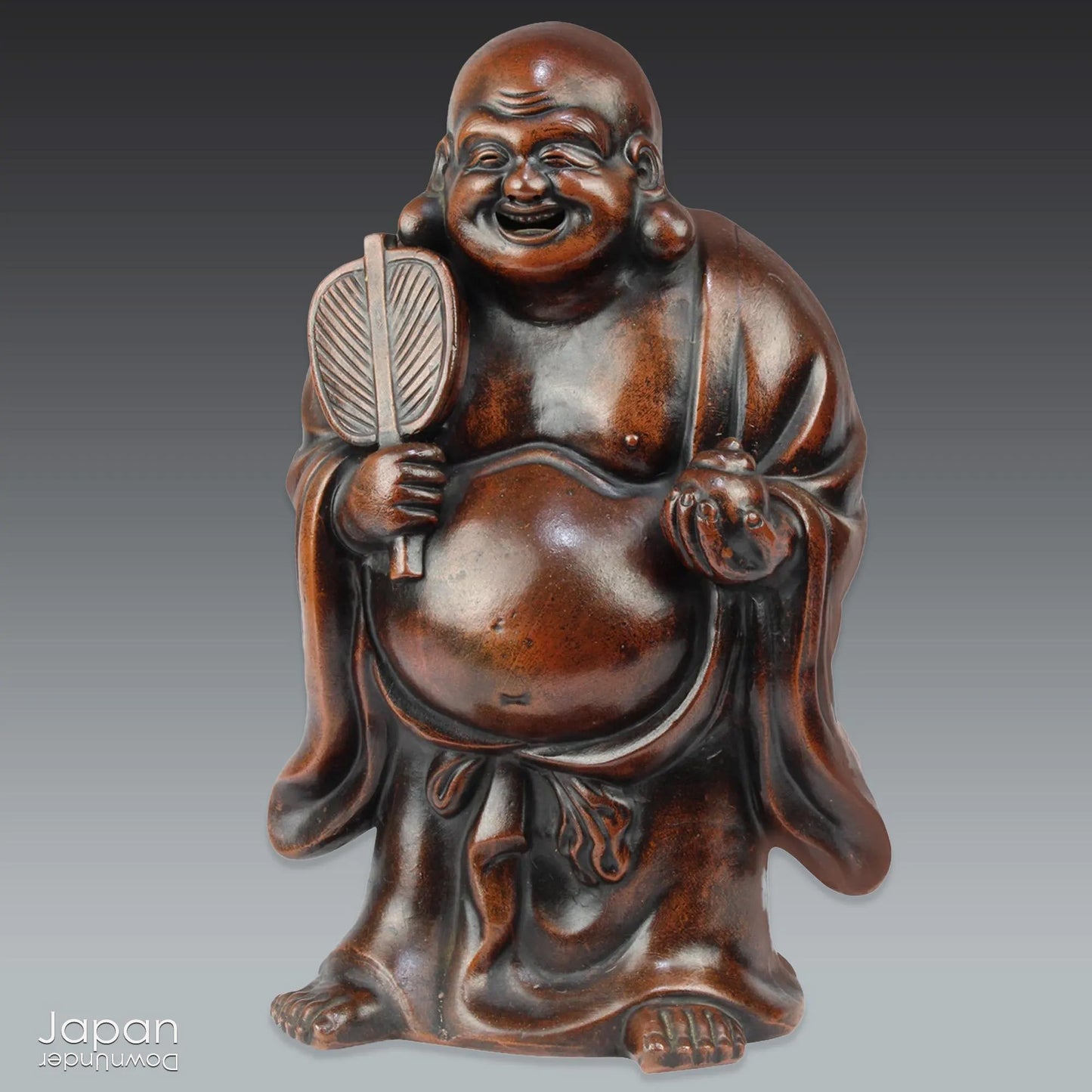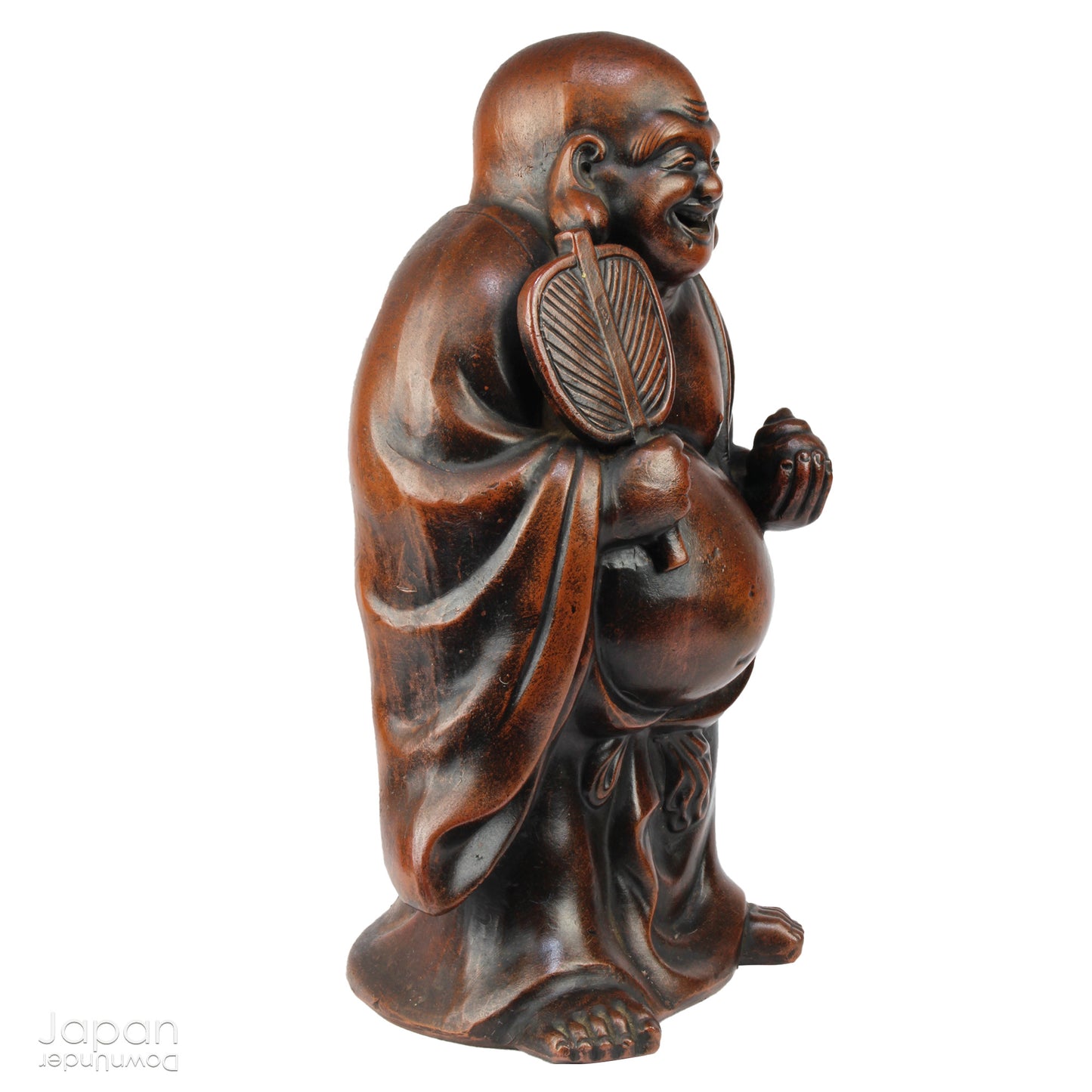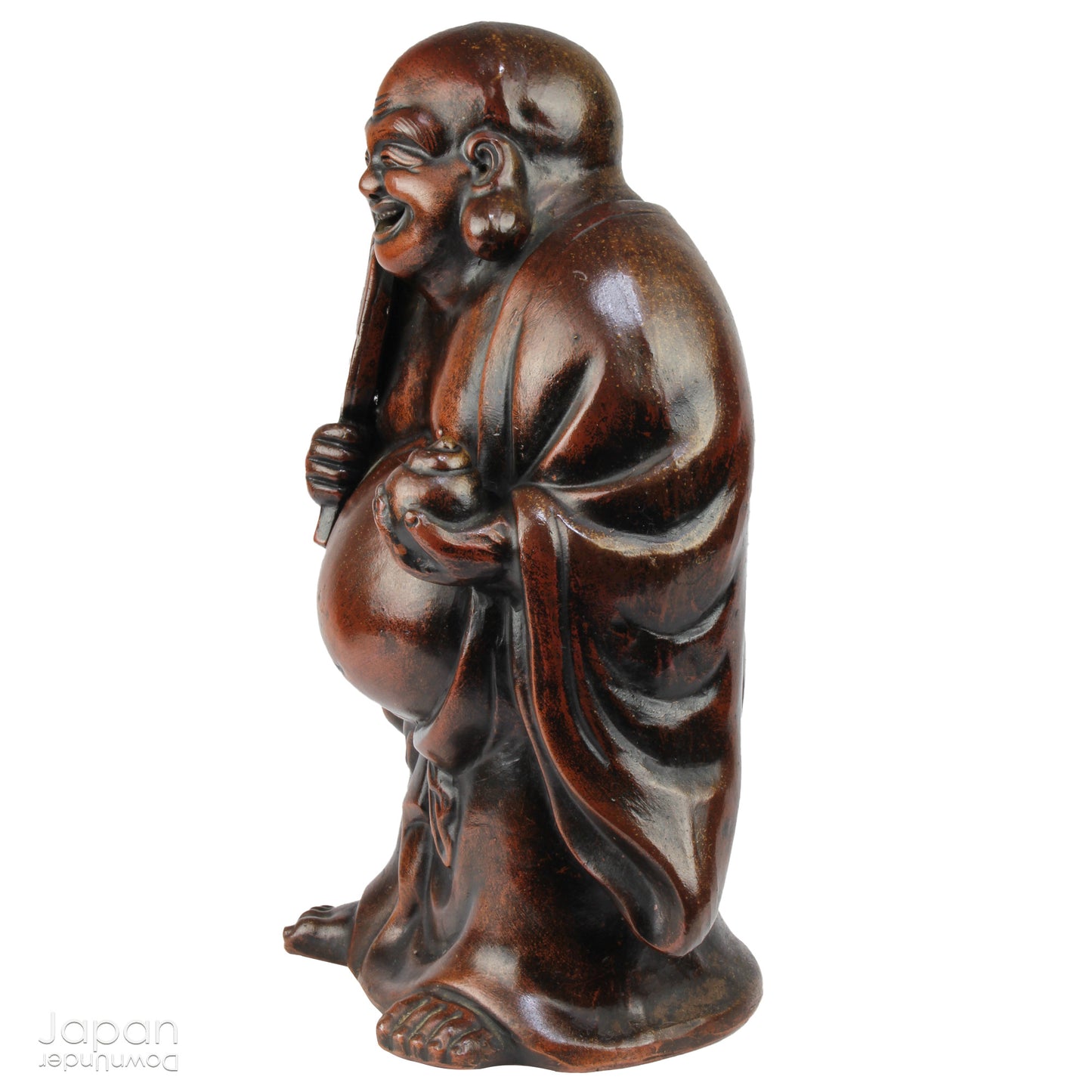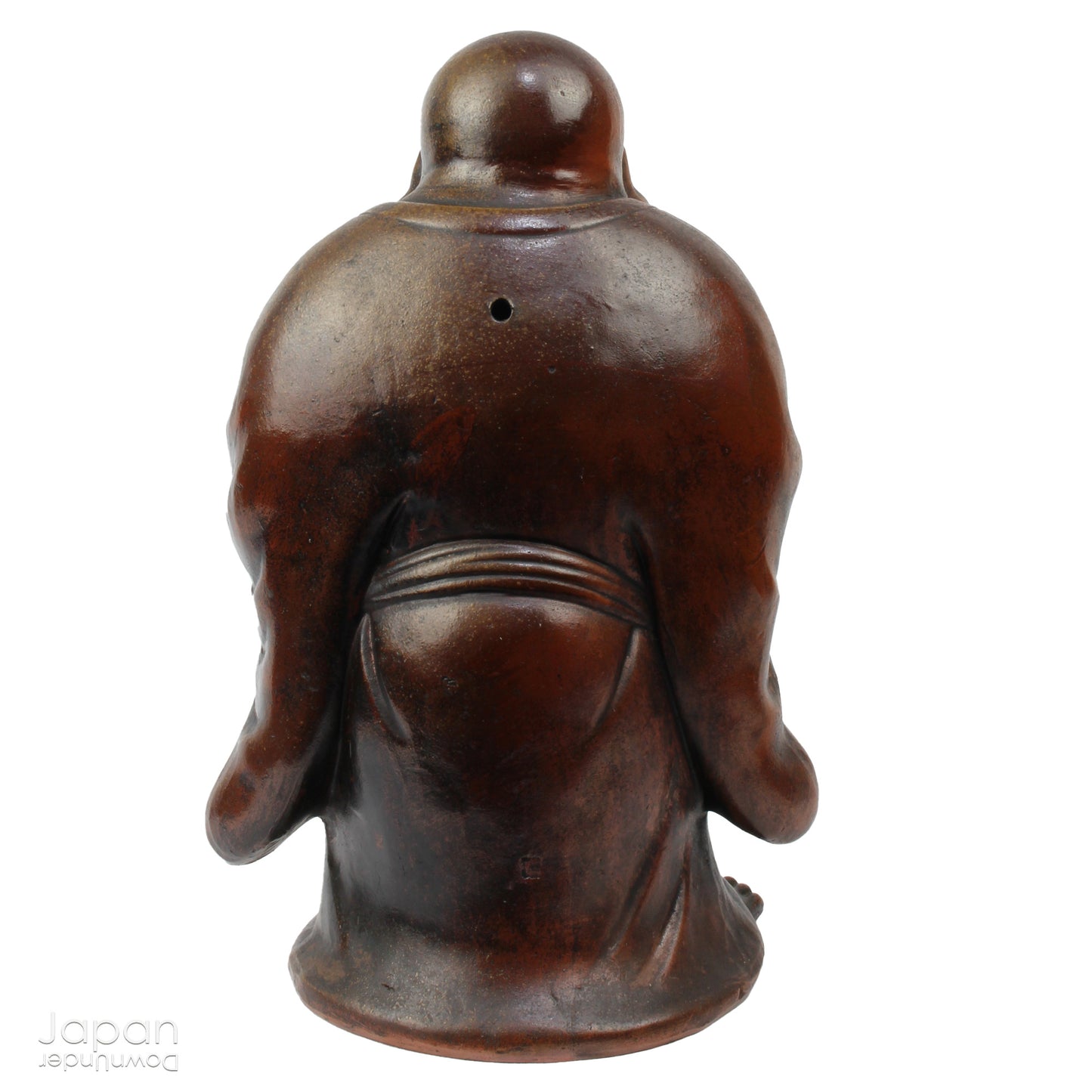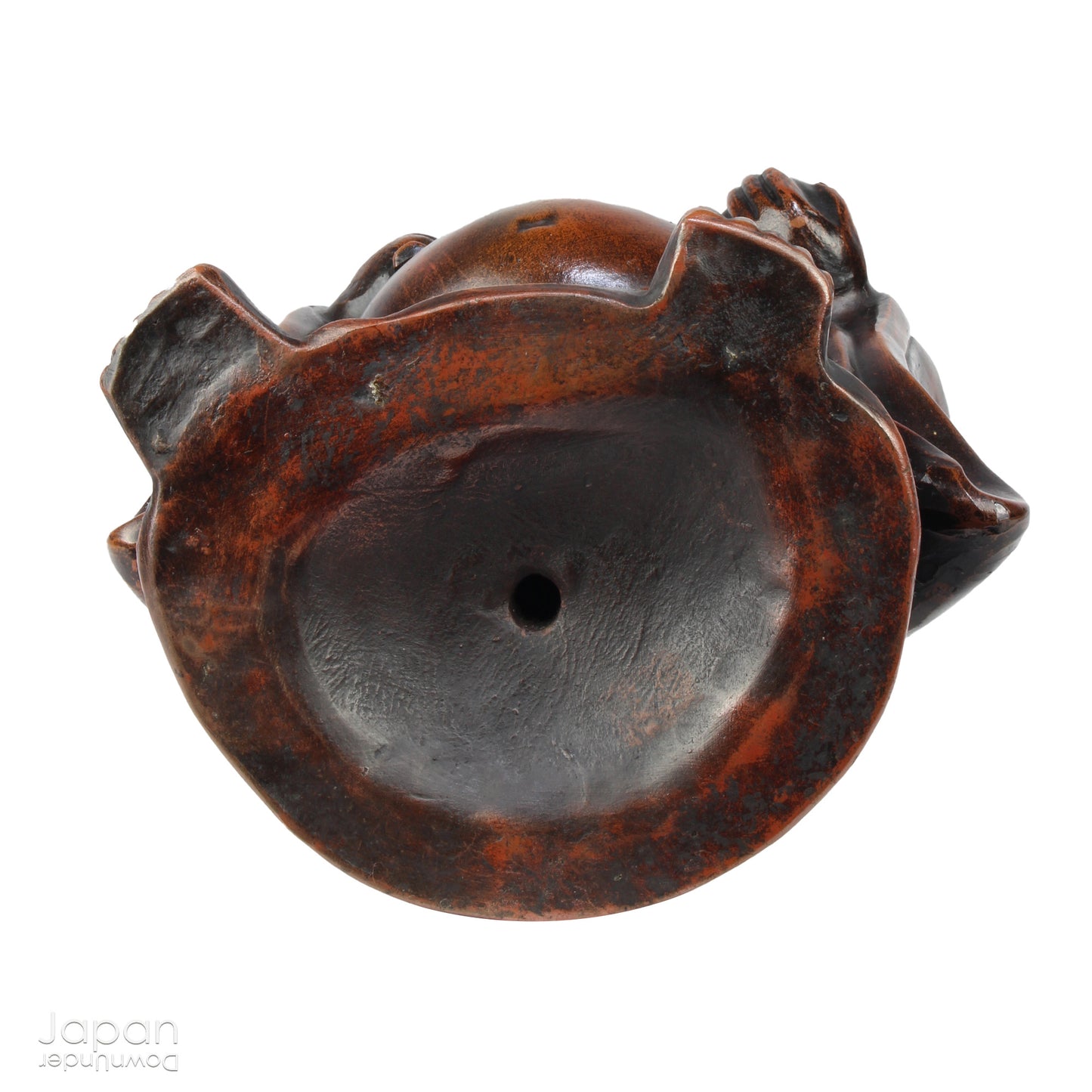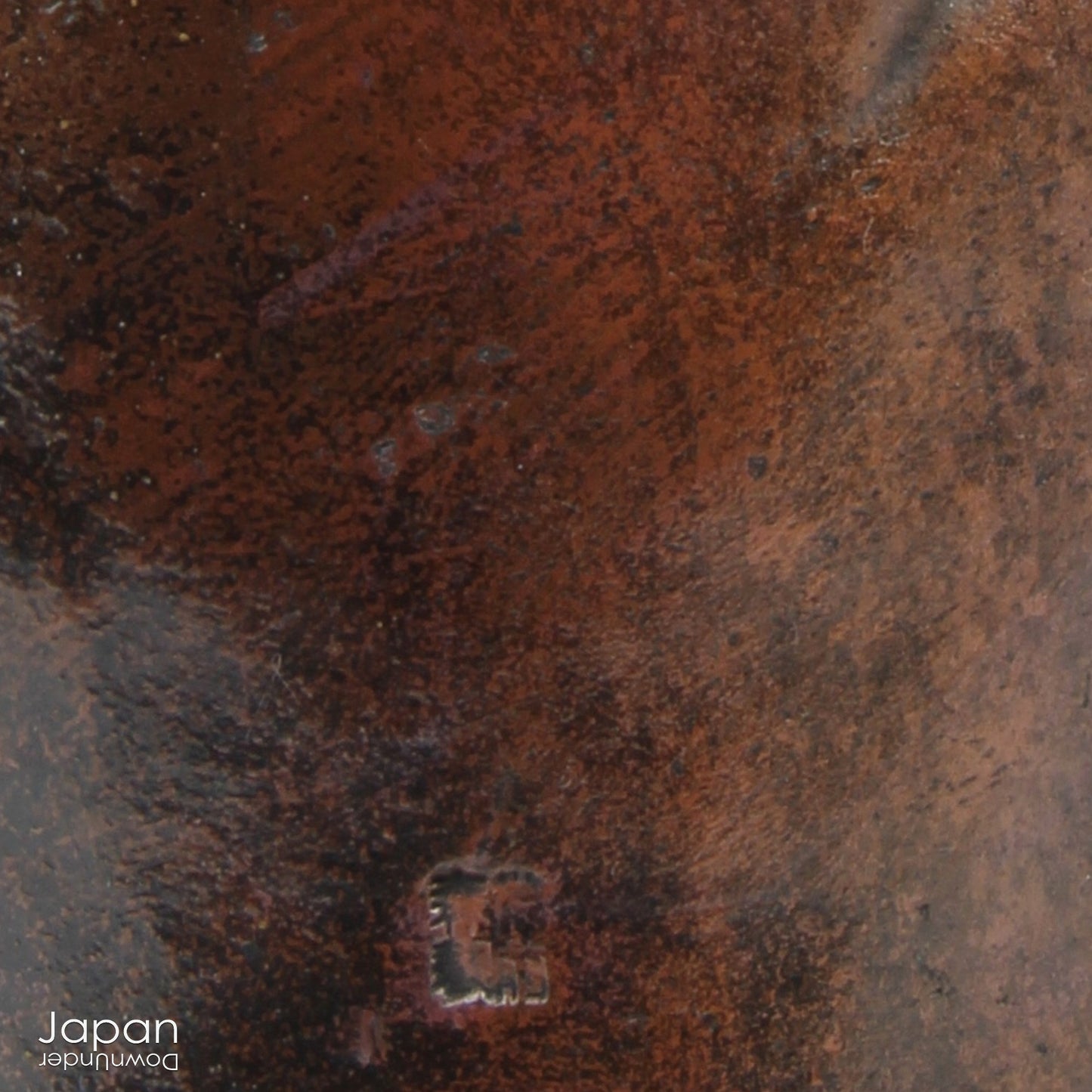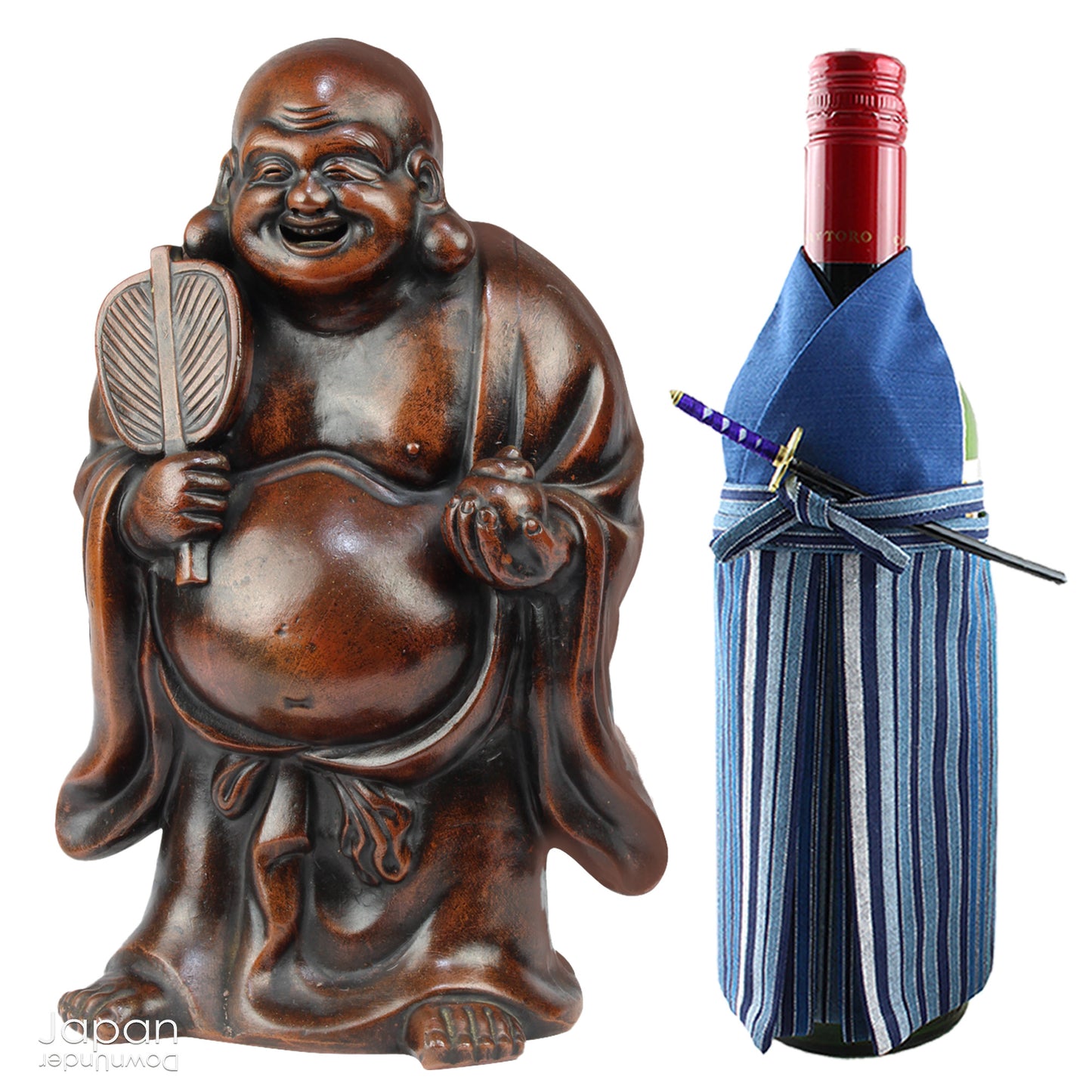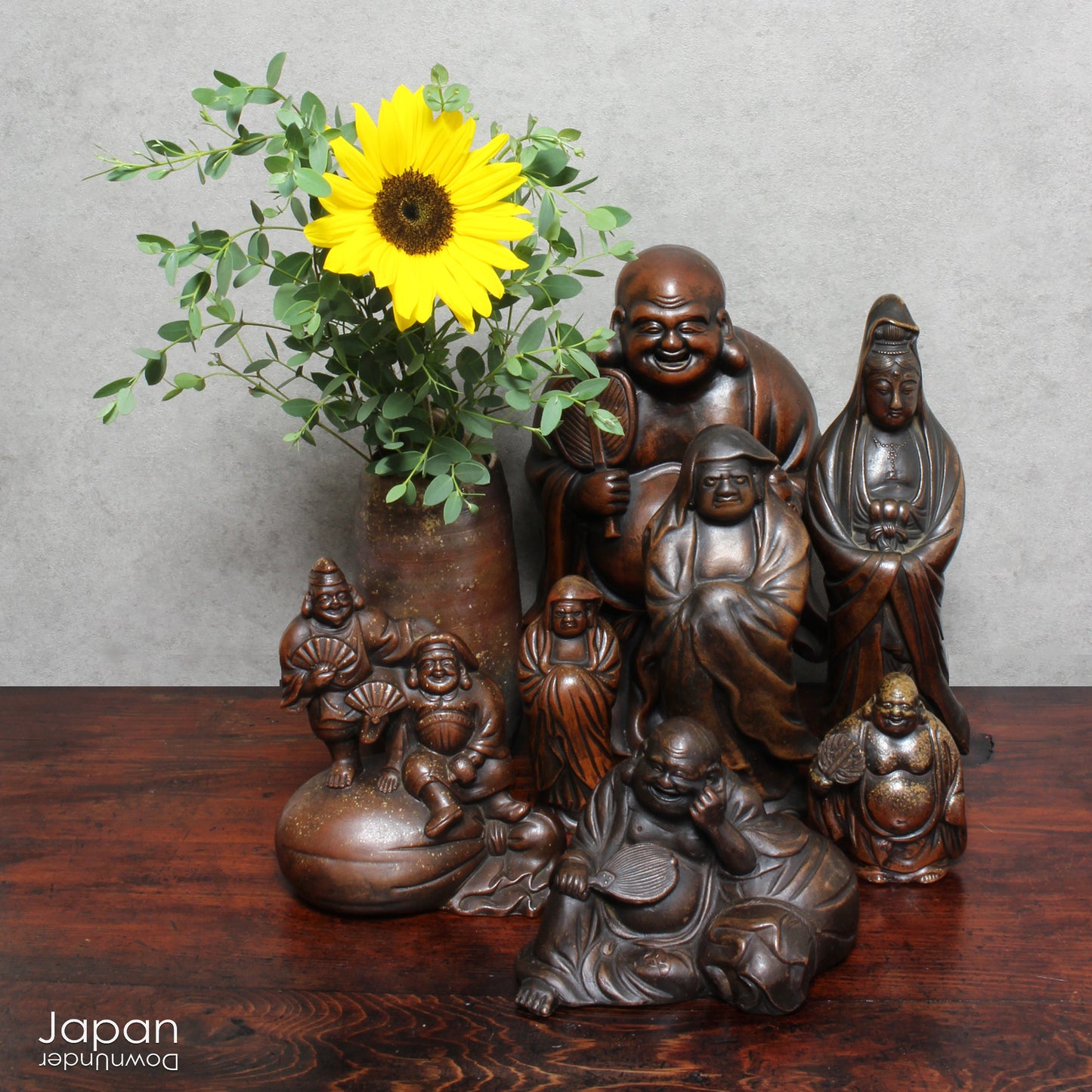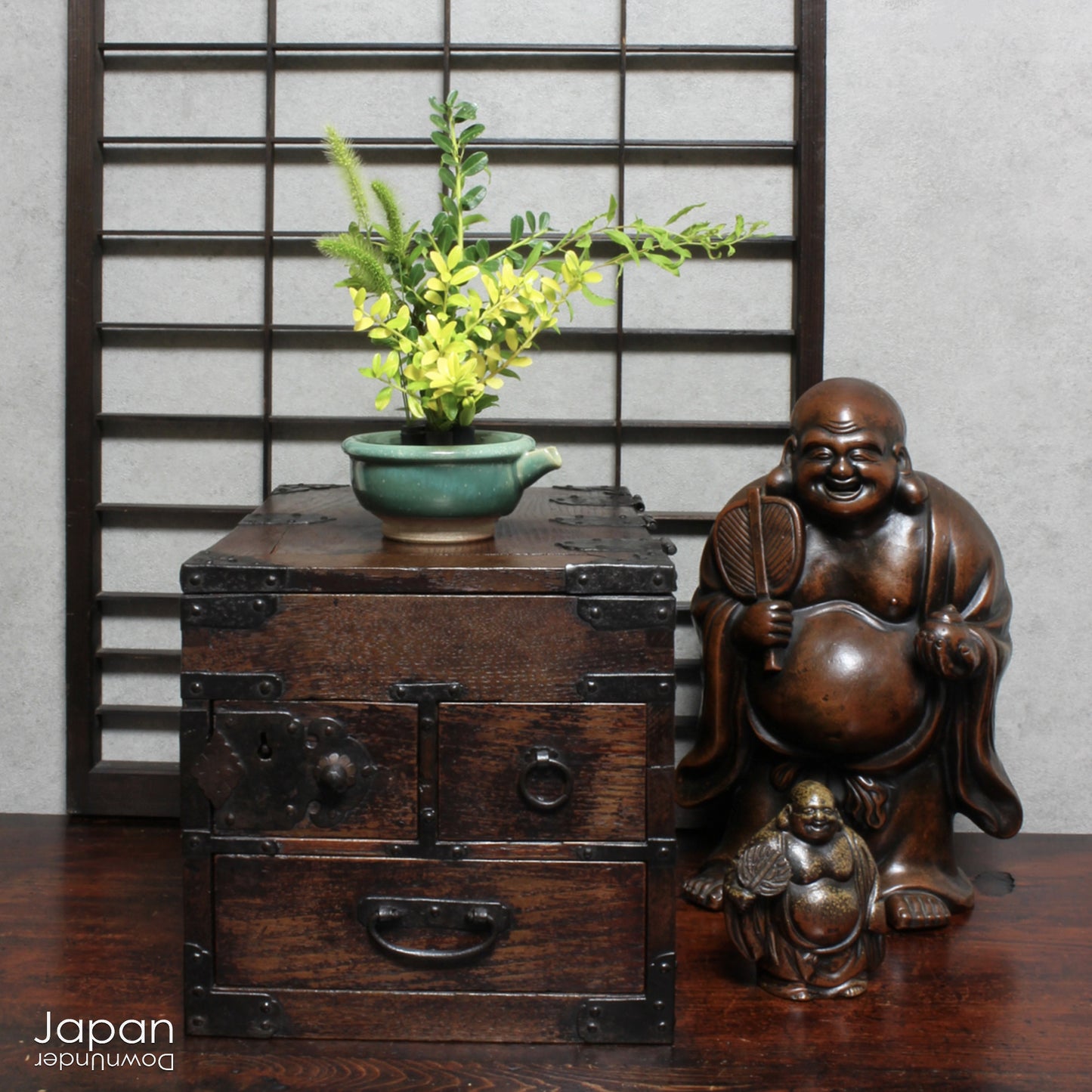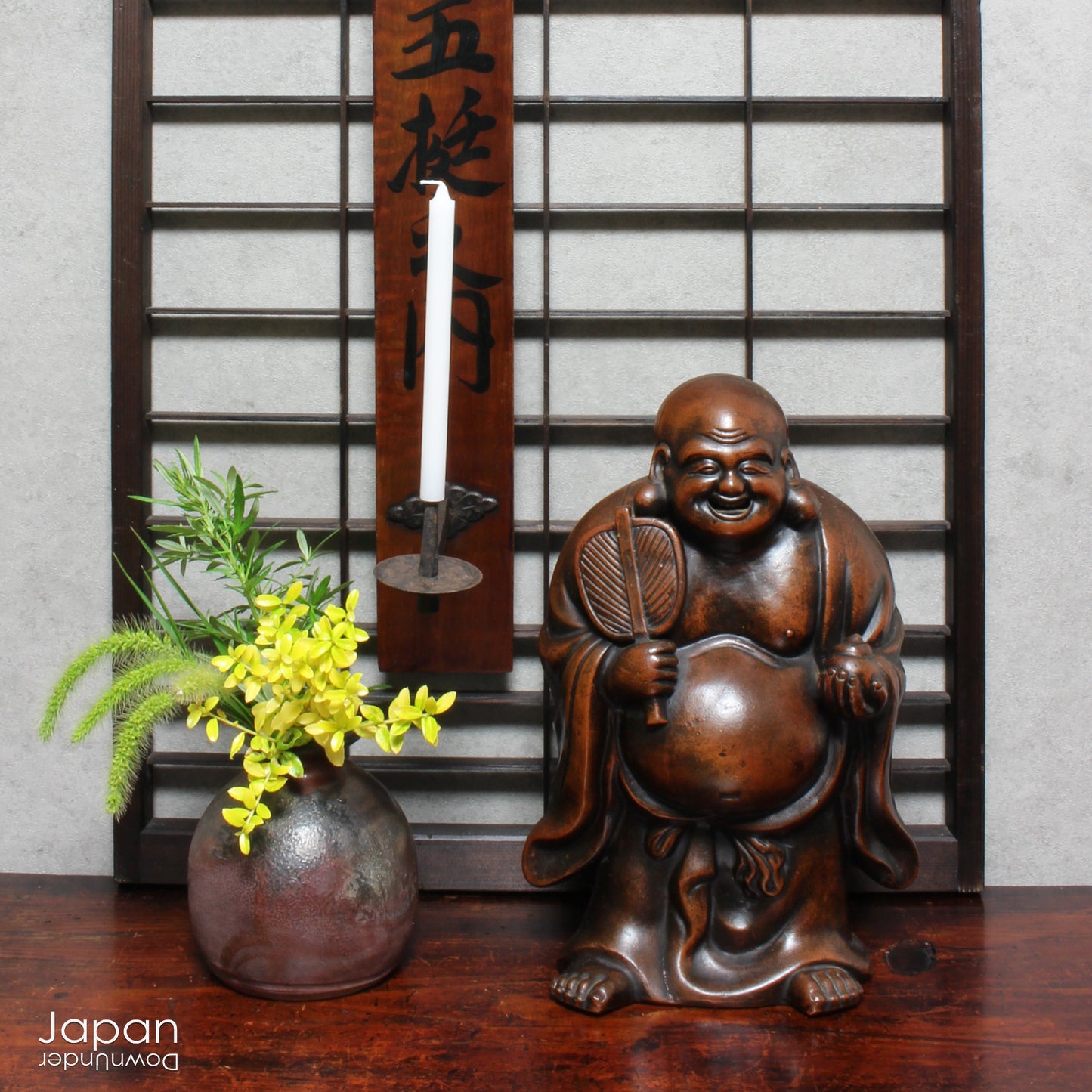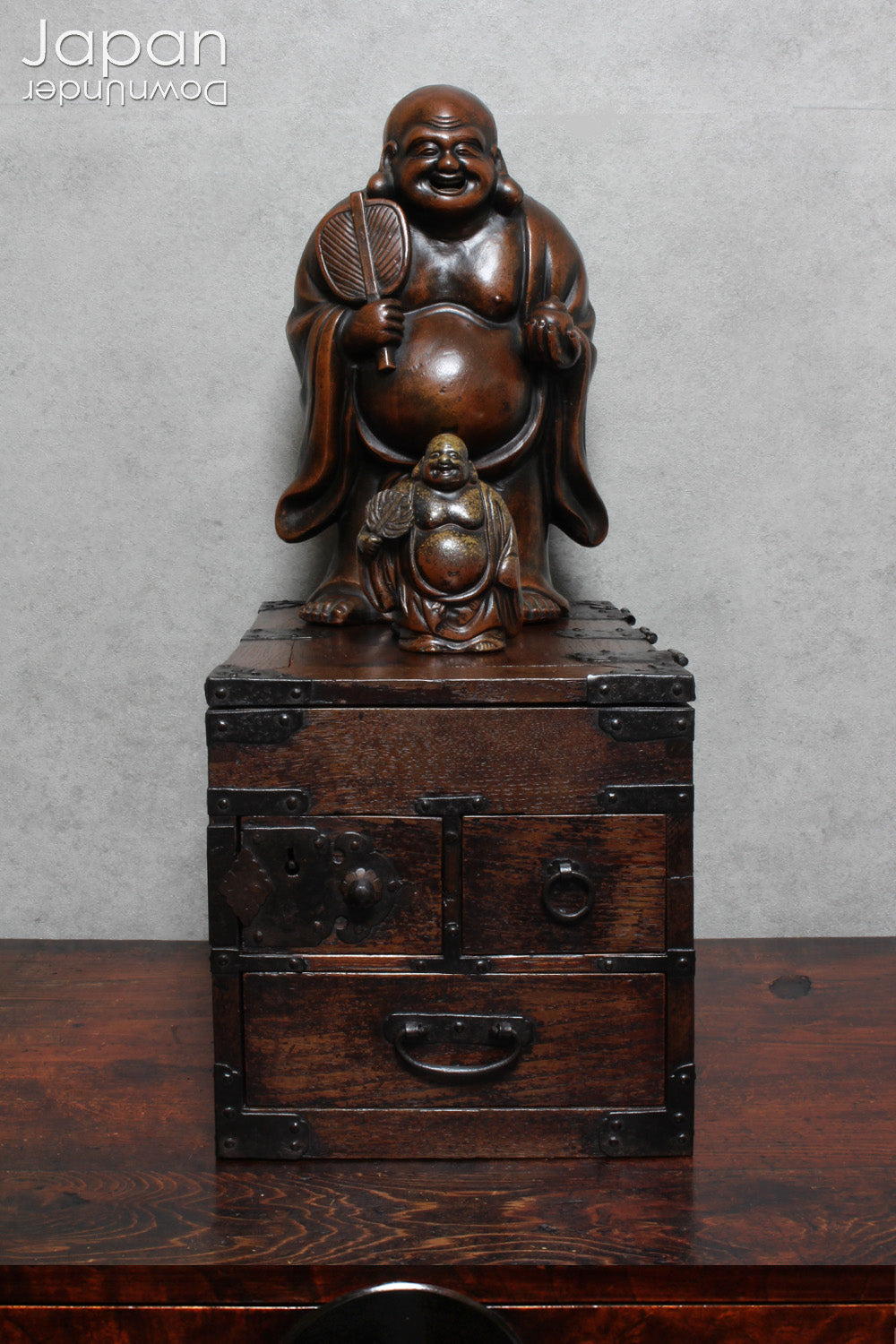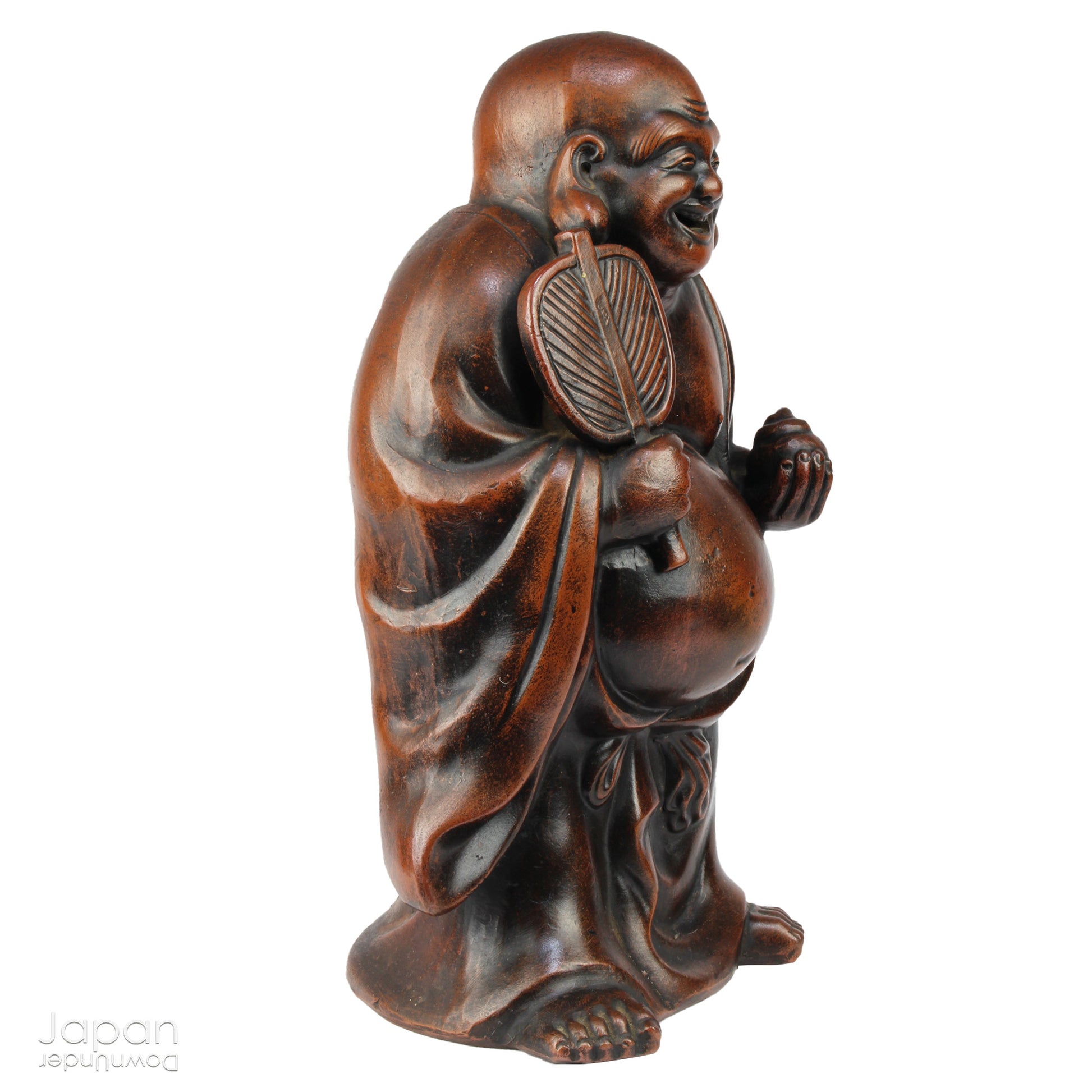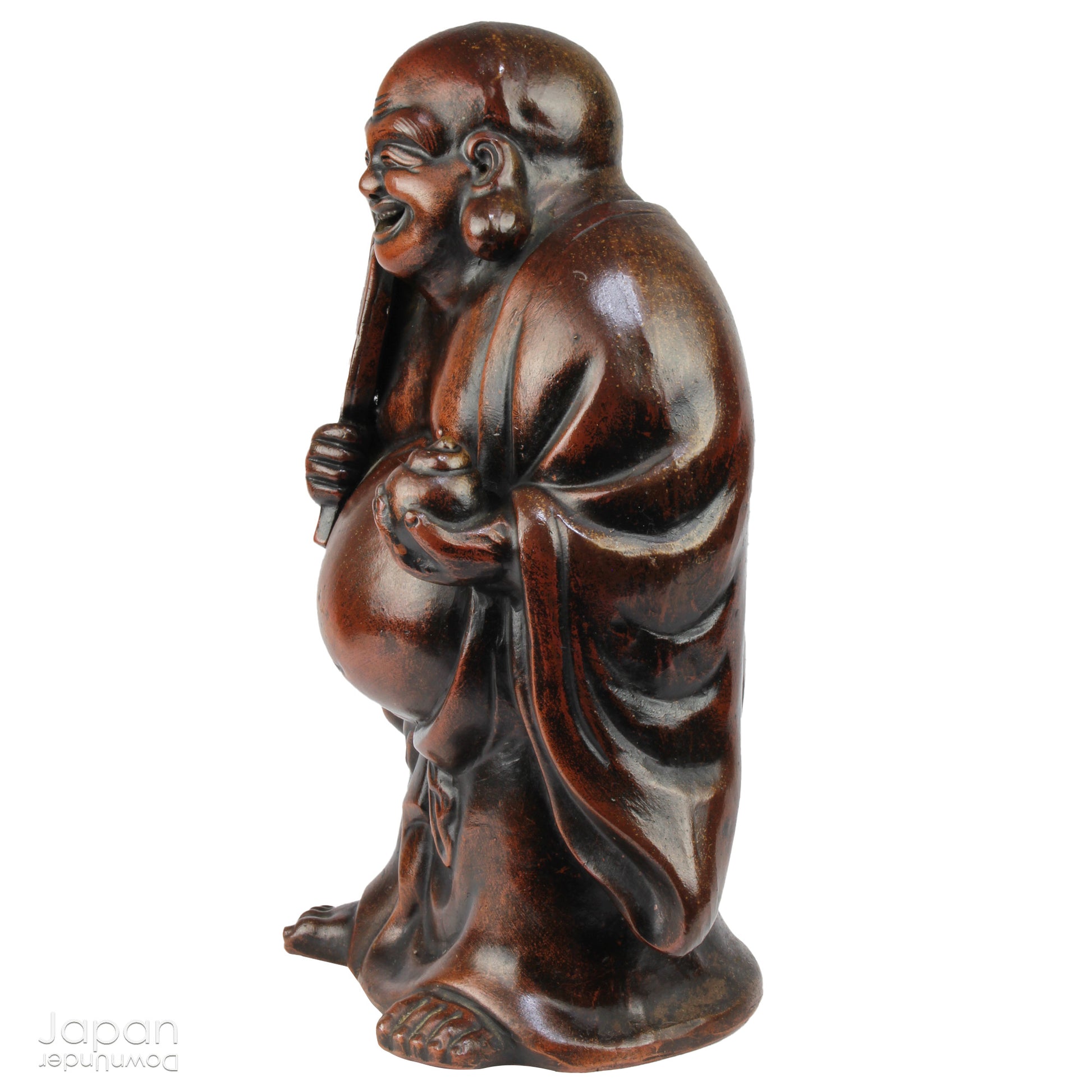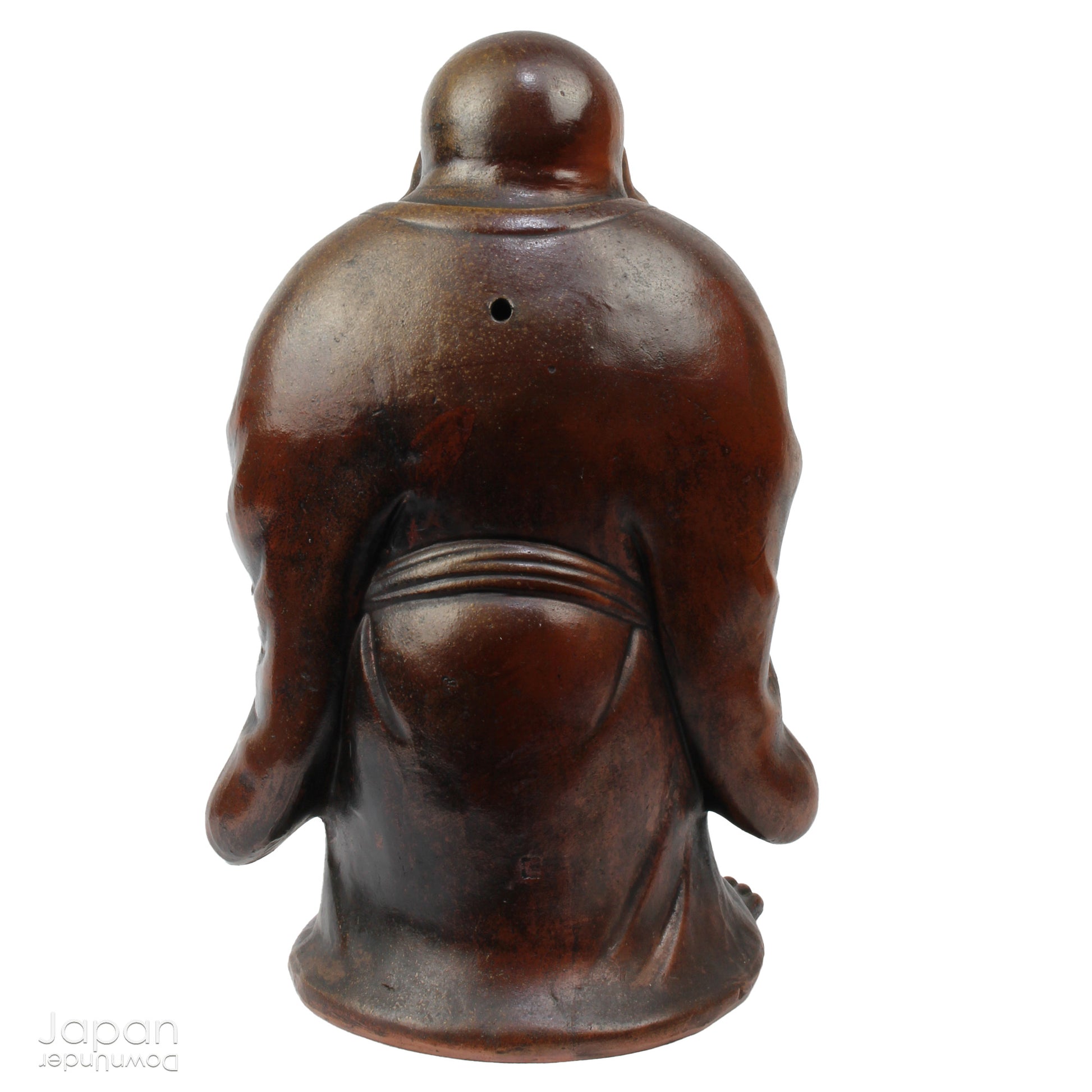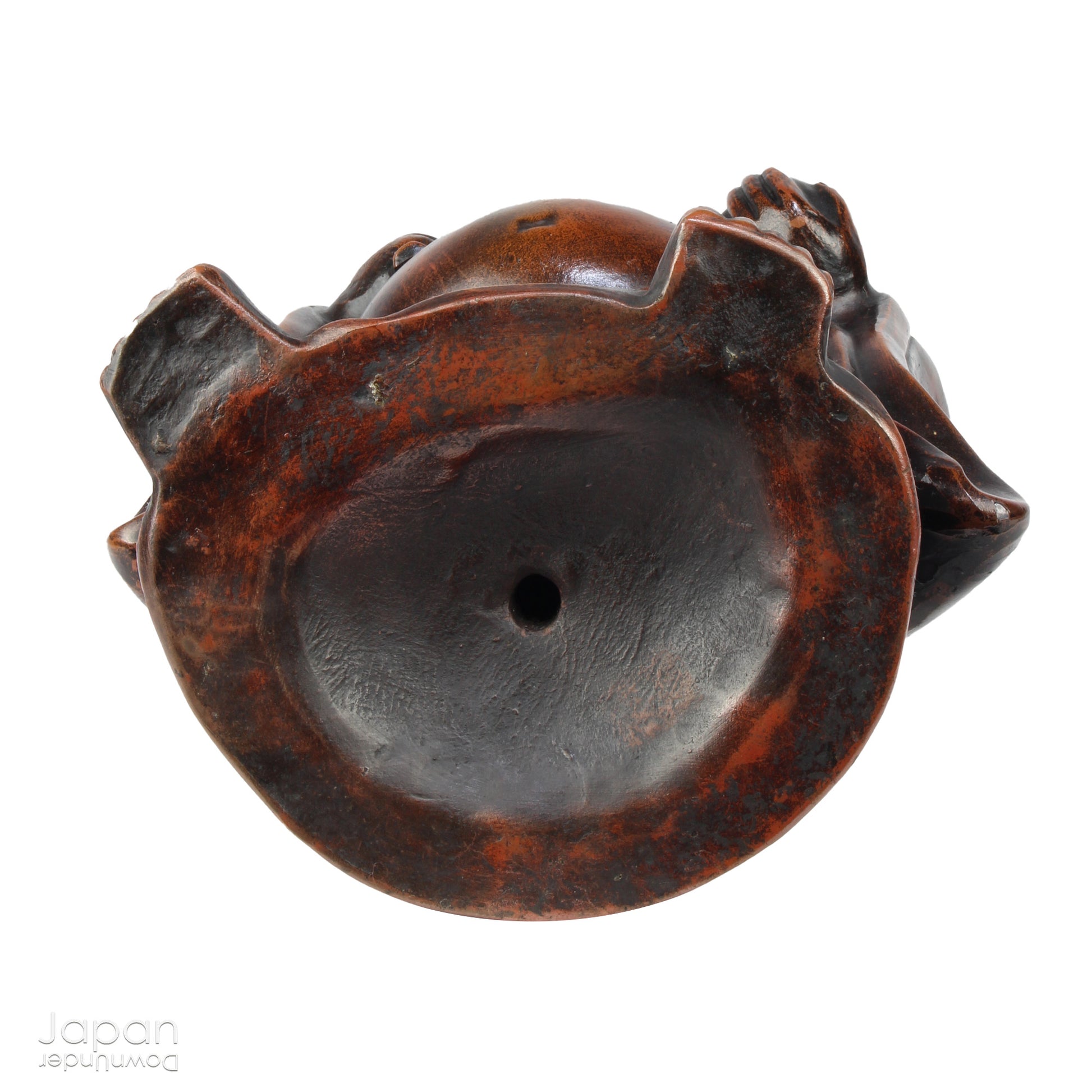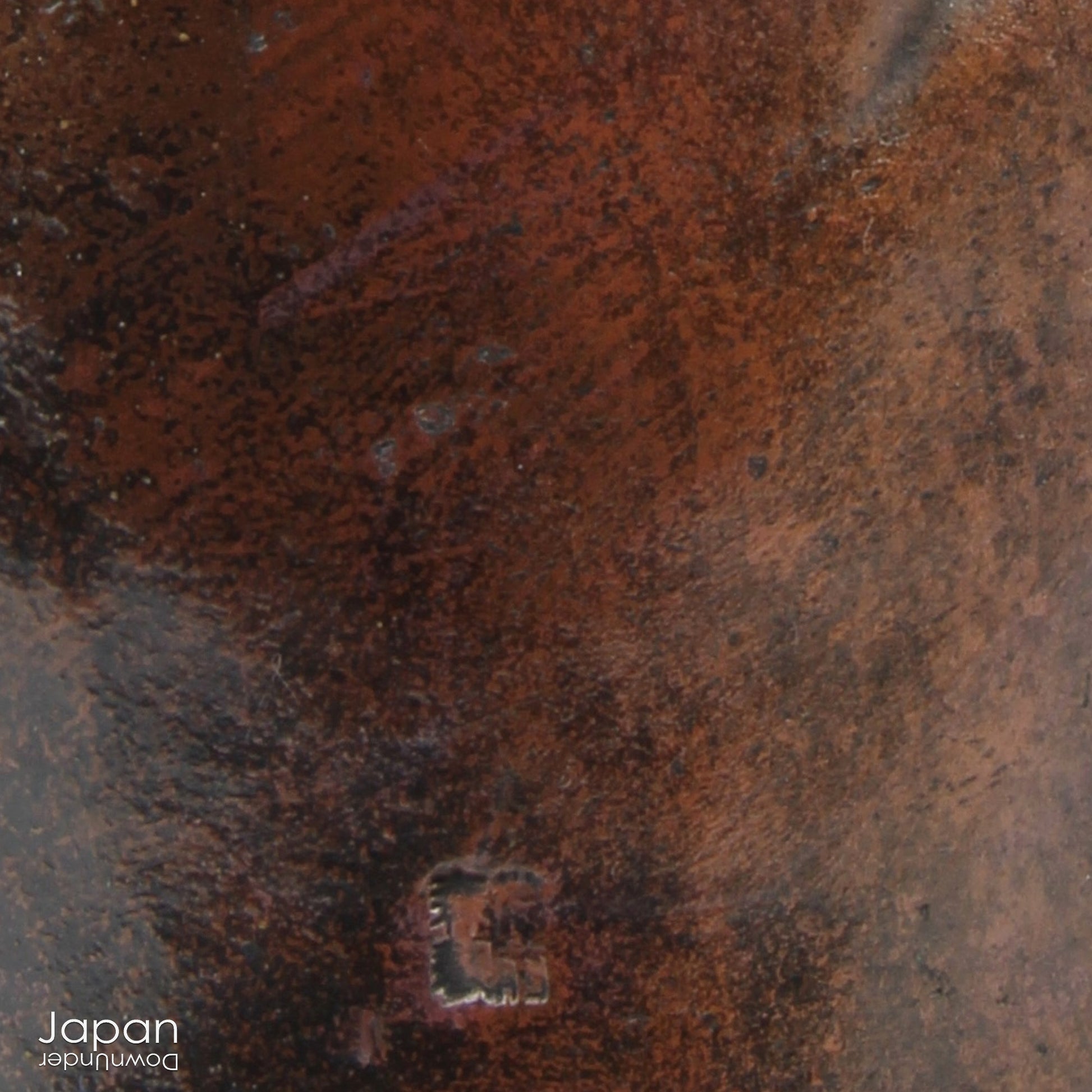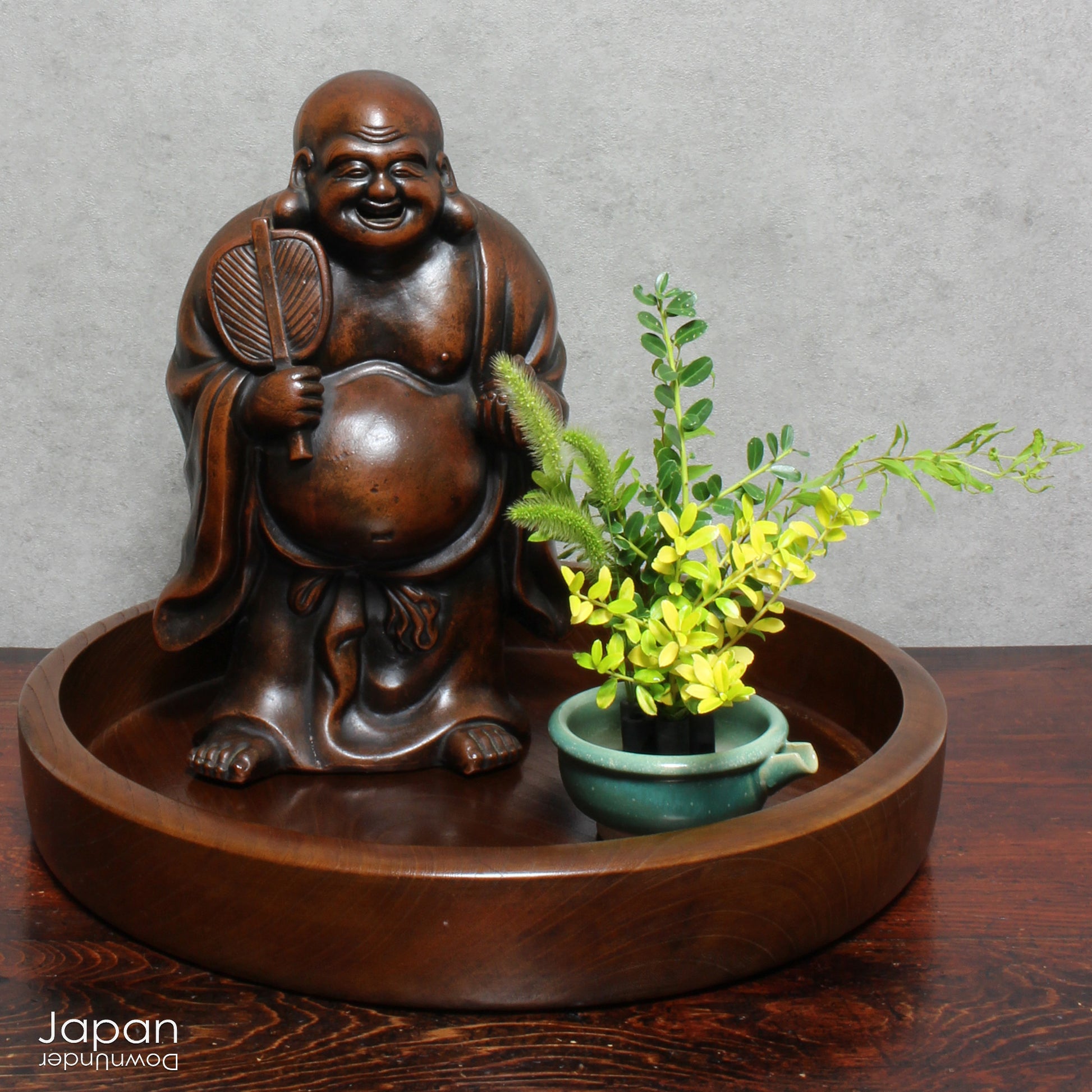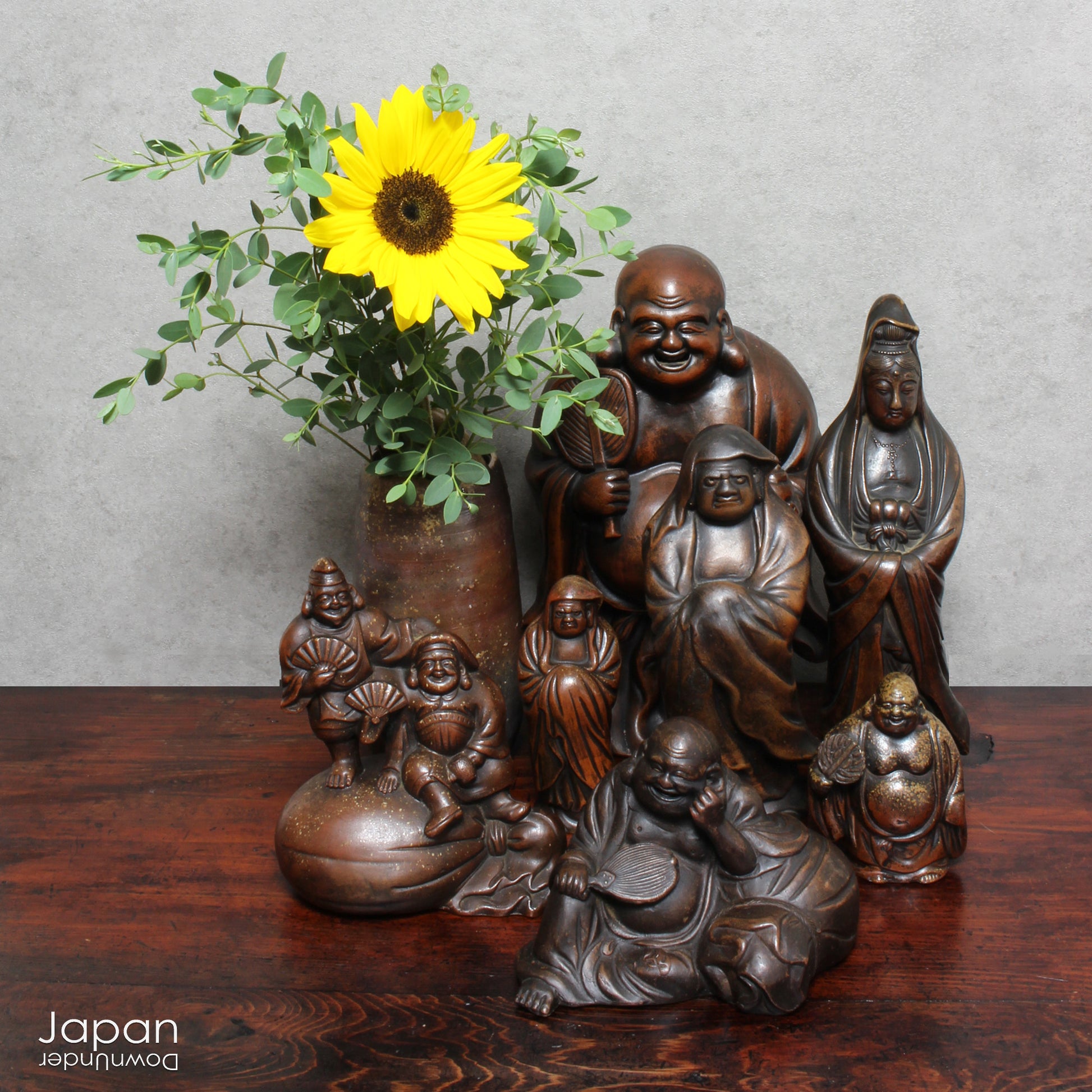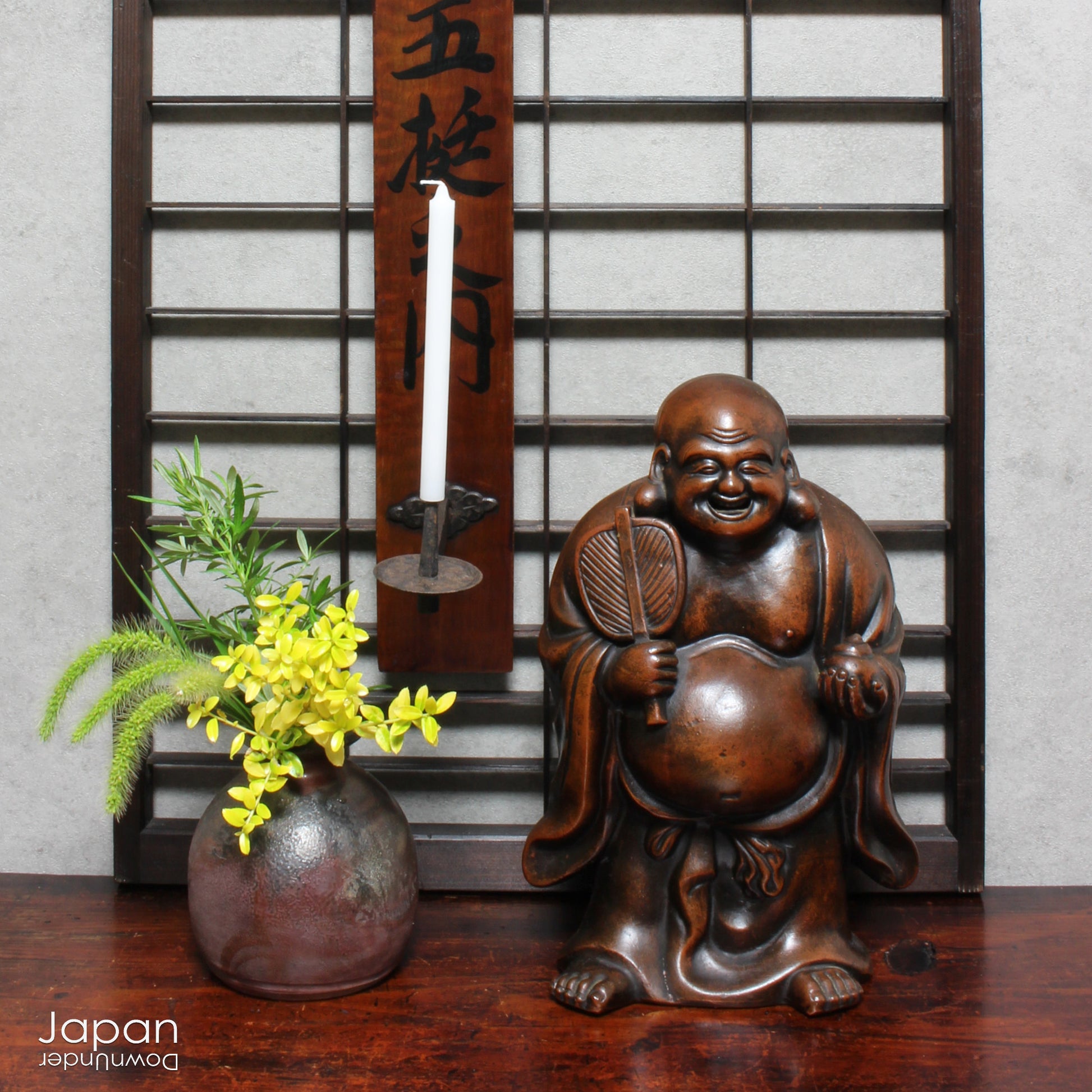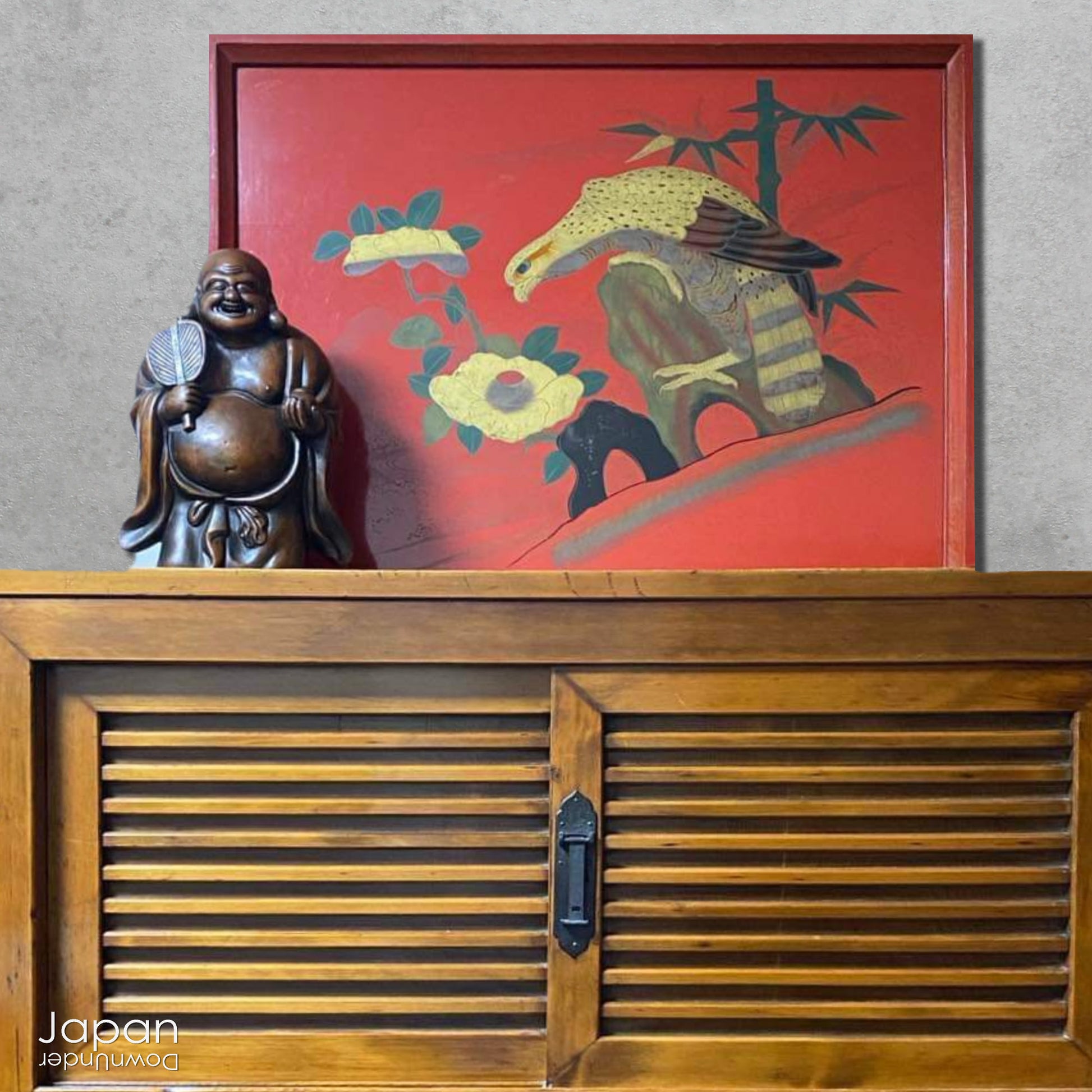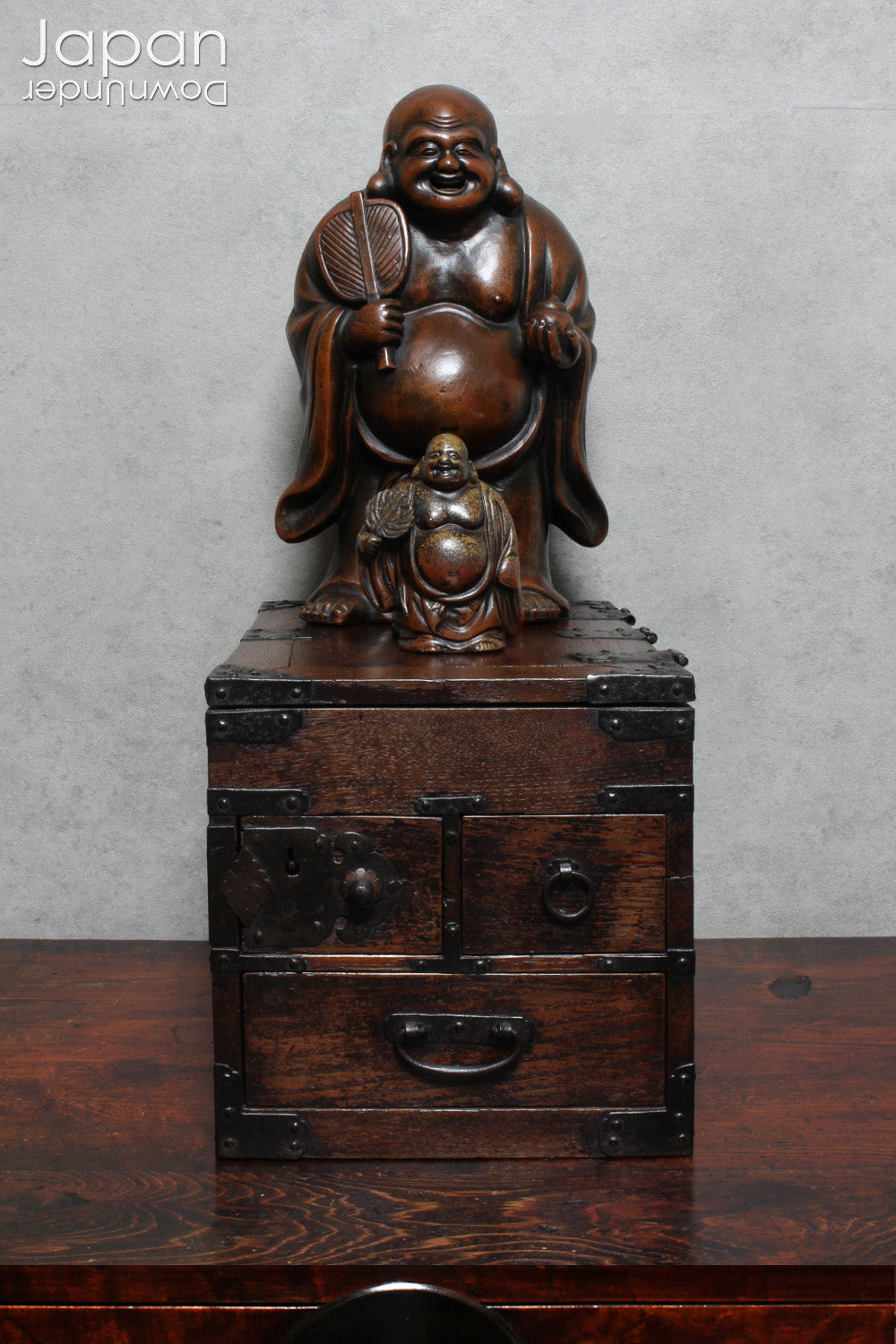JapanDownUnder
large meiji era bizen hotei sculpture - god of happiness and contentment
large meiji era bizen hotei sculpture - god of happiness and contentment
Couldn't load pickup availability
Love Japanese Style Like We Do
Step into the elegance of Japanese craftsmanship with this remarkable Meiji-era Bizen Hotei god sculpture. This rare treasure, with its understated yet powerful presence, invites the spirit of ancient Japanese artistry into your space. Whether you're an avid art collector, a lover of history, or simply someone who treasures the beauty of authentic craftsmanship, this piece offers a perfect blend of art, culture, and symbolism.
A Glimpse into the Legacy of Bizen Ware:
Bizen ware holds a distinguished place in Japan's rich artistic heritage, with roots extending back to the Heian period (794–1185). Originally crafted for daily use, Bizen pottery was cherished for its strength and enduring nature. During the Momoyama period (1573–1603), tea ceremony masters embraced Bizen pieces for their rustic beauty, integrating them into their sacred rituals. By the Meiji era (1868–1912), Bizen's appeal had transcended utility, as its sculptural allure captivated collectors worldwide with auspicious figures of gods, mythological creatures, animals and people. Today, Bizen pottery remains a living tradition, with contemporary artisans drawing inspiration from these historic pieces.
A Masterwork of Artisan Craftsmanship:
This large Meiji-era Hotei statue is a stellar example of Bizen’s timeless appeal. Its warm, reddish-brown hue, achieved through high-temperature firing and the clay of that time, radiates the rich texture and gloss found in old Bizen ware. The piece’s solid, iron-like surface speaks to the skill involved in its creation. First made with molds these figures were then given an individual touch by a master potter - edges were sharpened, details picked out and shapes varied by gentle pressure of the hands, so that no two figures were ever exactly alike, making this sculpture a one-of-a-kind masterpiece. The traditional firing process, known for its unpredictability, contributes to the unique character of this piece, making it not only a work of art but also a testament to centuries of tradition.
A Symbol of Good Fortune and Serenity:
As one of Japan’s Seven Lucky Gods, Hotei embodies contentment, happiness, and the protection of children. This joyful sculpture features a wide smile, large earlobes, and a robust belly, all representing wisdom, compassion, and the ability to hear and alleviate the suffering of others. In his right hand, he holds an ogi fan, a symbol of prosperity and wishes granted, while in his left hand rests the Buddhist houju jewel, further reinforcing his status as a bearer of good fortune. This piece is not just a decorative sculpture - it's a powerful symbol of peace, joy, and the blessings of life.
Condition and Additional Features:
This antique Bizen Hotei is in excellent condition, with no visible cracks or chips. The kiln name is clearly stamped on the back, further authenticating its origins. A small piece of clay inside the statue creates a gentle rattle, adding to its charm. Its rustic, earthy texture makes it a versatile piece that complements a wide range of interior styles, from minimalist to more eclectic settings.
A rare find for collectors and an ideal piece for those who seek both beauty and meaning in their decor, this Hotei sculpture is a cherished work that brings a touch of Japan’s cultural legacy into your home. Don't miss the opportunity to own a unique, meaningful piece of history.
- measures around 19 cm (7.5”) across x 30cm (12”) high x 13 cm (5.1”) deep.
- weighs 2,910 gm.
(listing for hotei figurine only)
SHIPPING INFORMATION
- please read ourshipping notes in shipping policy.
- we use recycle packaging wherever possible and wrap for safety, rather than appearance!
ABOUT OUR VINTAGE, ANTIQUE AND OTHER ITEMS
We list pieces we feel are worthy of display. There may be scratches, dents, fading and signs of wear and tear. We try to explain the condition of each item exactly, but may miss something.
Information regarding the item and it’s age is obtained from dealers and our personal research. We do our best to give you the correct information but please be aware that we cannot guarantee this information.
Please message us prior to purchase with any questions you may have about our products.
BIZEN HISTORY
Bizen roots are the unglazed Sueki earthenware vessels of the Oku region. Sueki stoneware was made using techniques that came from Korea in the Kofun, (250 AD - 538 AD), Nara (71 AD - 784 AD) and Heian (794 AD - 1185) periods. It was fired in an anagama at high temperatures and was generally grayish brown in colour.
In the latter Heian period the sword industy flourished and as a result the scarcity of firewood intensified. Sueki potters moved to Imbe in search of wood for their kilns. Artistic Sueki ware was abandoned and pottery that was necessary for people’s daily lives was produced, giving birth to Bizen pottery. At this time Bizen ware consisted of mainly containers, mortar bowls and jars.
From the Kamakura period (1185 - 1333) into the Muromachi period,(1333 - 1573). Bizen pottery faced an age of unprecedented mass production and purchasing. The kilns that were once up in the mountains moved further down to the foot of the mountains. By the end of the Muromachi period the mountain clay used for Bizen pottery shifted to the use of clay from rice paddies.
Demand for Bizen ware increased and so did popularity, Goods had to be loaded and sent off from the harbour, so kilns gradually moved closer to Imbe village for convenient transportation. Bizen gained the reputation as a tough and sturdy ceramic with people saying, ‘even if you throw a Bizen earthenware mortar, it doesn’t break.’ Everyday wares were fired in large quantities and Bizen spread to various regions in Japan.
From the late Muromachi period into the Momoyama period, (1573-1603), masters of the tea ceremony, who had no utensils for their art, discovered aesthetic beauty in practical Bizen ware containers. By selecting Bizen ware, for use in the tea ceremony, as water jars and flower vases, Bizen daily articles grew ever more popular.
From around the Genwa year of the Edo period (1615-24), Bizen Pottery began to show signs of its prolonged decline. Tea ceremony tastes moved towards the new, more elegant and refined porcelains of Arita, Seto and Kyoto ware. Bizen was seen as crude and ugly with its exposed reddish, earthy surface. Bizen potters focused on producing ornaments that replaced the popular tea-wares of before.
In order to compete against porcelain, the technique of ‘Inbe-de’ was developed, giving pieces a lustre like that of glazed ware or copper ware. White Bizen, celadon, and colored bizen, known as Shizutani ware were also made. Shizutani pottery did not succeed and demand for Bizen pottery declined to the extent that large communal kilns could not be fired.
From the Bunmei Kaika in Meiji (1868- 1912). the age of civilization and enlightenment, European ways flourished and the traditional culture of Japan was given lower regard. Crude, earthy, undecorated wares like Bizen were not in demand. With the development of transportation systems, glazed porcelain wares of Seto and Arita could be obtained at reasonable prices and this hastened the departure from Bizen wares. Although difficult to imagine the goods that were produced in the largest quantities by kilns in Imbe were earthenware pipes and bricks!
After World War 1, the Japanese economy reached a stage where it could stand equally alongside the nations of Europe and America.
The decline in the appreciation of Japanese traditional culture was reassessed with much enthusiasm. Tea ceremony became popular amongst the newly emerging wealthy class. Tea bowls, water jars and vases were in demand and the tea wares that this class craved were Seto, Mino, Iga, Karatsu and Bizen ware pieces from the Momoyama period.
For Bizen, there was one potter who paid attention to the tea wares of the Momoyama period. His name was Kaneshige Toyo (1896-1967).
Toyo, who had once been famous in figurative handiwork decided to focus on the ‘return to Momoyama’ in his mid 30’s and began to recreate famous wares of Momoyama Bizen. Thanks to Toyo’s existence, potters of the same generation were also greatly encouraged and from this, successive potters continued to thrive under his influence. As a result, potters pursue their art independently in Bizen and it is said that there are now approximately 400 potters producing Bizen wares around Imbe.
HOTEI
Hotei is one of Japan’s Seven Lucky Gods and is the god of contentment and happiness. He has a very cheerful face and a large protruding belly. He is known outside of Japan as the Fat Buddha or the Happy Buddha. He usually carries a "Nunobukuro" (cloth bag) over his back. This is a magical bag and one that never empties. From his sack, Hotei cheerfully gives out items to those in need.
In Japanese "Ho Tei" actually means cloth bag. As well as carrying a cloth bag, Hotel can often be seen holding a Chinese fan called an "Oogi". This is said to be a wish fulfilling fan. Apparently, the same type of fan was used by the aristocracy in feudal times to indicate to workers that their requests had been granted.
The god Hotei was supposedly an actual Chinese Buddhist monk who lived in the 10th century in China. Apparently, this monk had a large protruding stomach which is a defining feature of Hotei today. The monk was also a very good speaker, could quote religious texts and considered himself to be a bit of a fortuneteller.
In present day Japan, as well as being the god of contentment, Hotei is known to be very forgiving, a protector of children and is worshipped by attorneys, politicians, cooks, bartenders and fortunetellers. In Japanese art, sometimes Hotei is depicted surrounded by small children who are obviously delighted by his round shape. In recent years, Hotei has become the patron saint of restaurateurs and bartenders in Japan. And sometimes, when someone overeats, they jokingly say it is because they were influenced by Hotei.
Share
